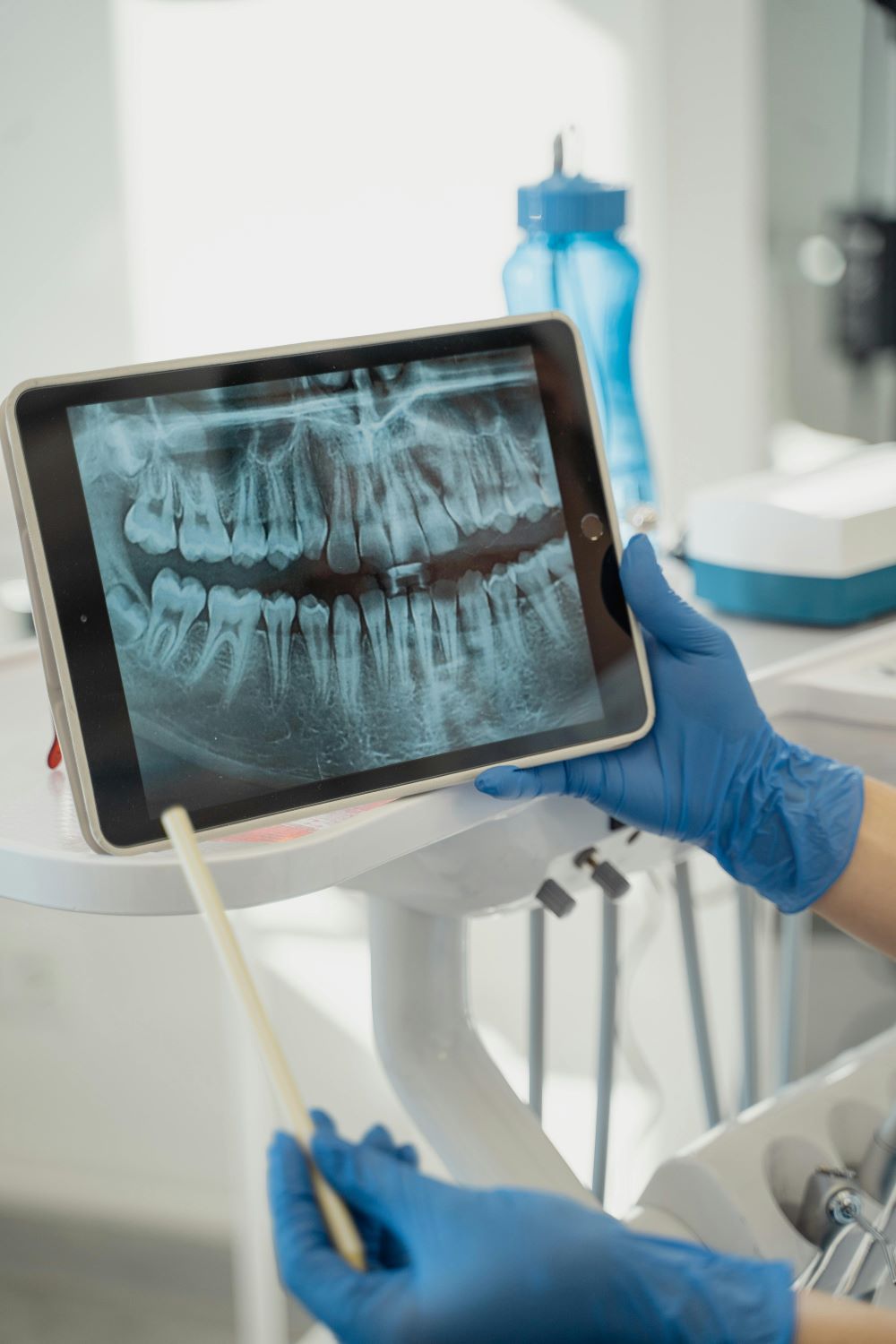Researchers uncover how STAT3 helps oral cancer avoid detection, suggesting new treatments.
Researchers from Macquarie University recently published an article in the Journal of Oral Biosciences, shedding light on the mechanisms by which oral cancer cells avoid immune detection and suggesting potential new therapeutic strategies. Oral cancer, which consists of cancer of the lips, tongue, cheeks, mouth, palate, sinuses, and throat, is a significant health concern, particularly in Australia and India, where oral hygiene is particularly poor, especially in rural and lower socioeconomic areas. Advanced cases of oral cancer are difficult to treat, with many patients surviving less than a year after diagnosis. Despite the promise of immunotherapy, which leverages the body’s immune system to combat cancer, its effectiveness in treating oral cancer has been limited. to the fact that malignant cells often avoid detection. The new study focused specifically on why this is the case and how treatment options might be improved.
Dr. Rajdeep Chakraborty, a leading researcher in the study and a dentoalveolar surgeon at Macquarie University, focused on a protein known as STAT3 (signal transducer and activator of transcription 3). STAT3 has been implicated in various cancers due to its role in promoting tumor growth.
The team used sophisticated proteomic techniques to investigate how STAT3 interacts with other proteins within oral cancer cells and found that STAT3 levels were notably high in all types of oral cancer cells compared to normal cells. They specifically identified a close association between STAT3 and the epidermal growth factor receptor (EGFR), another protein involved in cancer progression and observed that STAT3 interacts with several other proteins that are known to regulate the immune system, including some that might suppress it.

Dr. Chakraborty’s team developed a novel three-dimensional cancer model to better simulate the interactions between cancer cells and immune cells. This model, which replicates human oral tissue more accurately than traditional rodent models, allowed the team to observe how cancerous cells interact with immune cells in a controlled environment. Using mass spectrometry, they were able to track the protein interactions involving STAT3, revealing how these interactions might contribute to the cancer’s ability to sidestep immune detection.
The findings suggest that STAT3 and its associated proteins could be actively camouflaging cancer cells from the immune system, thereby lowering the effectiveness of current immunotherapies. This insight points to potential new treatment approaches, such as combining STAT3-targeted therapies with EGFR inhibitors. Initial clinical trials have shown promise in this area, with early-phase reports stating that these combinations could enhance the immune response against oral cancer.
Dr. Chakraborty emphasized that while the study represents a significant step forward, further research is needed to confirm these initial findings and explore potential new therapeutic strategies that could be more effective. The goal is to develop treatments that can overcome the resistance seen in aggressive oral cancers and improve patient outcomes.
The study’s insights into why oral cancers often become resistant to treatments like cetuximab, a monoclonal antibody targeting EGFR, could lead to more effective drug development. By deconstructing the complex interactions between STAT3 and other proteins, scientists are opening up new avenues for improving immunotherapy and other treatment options, potentially saving lives.
Sources:
Researchers discover how oral cancer cells may block the body’s immune response


Join the conversation!